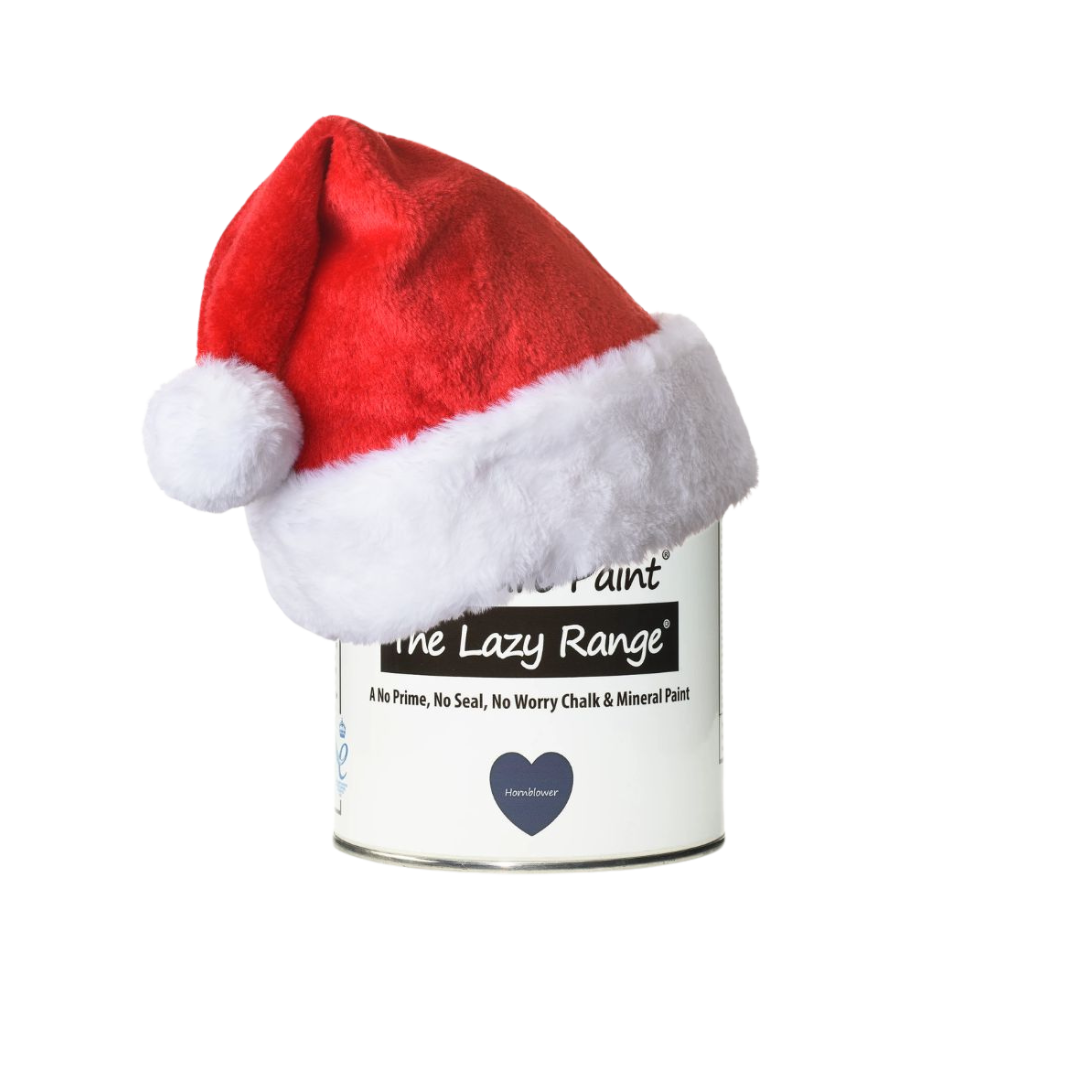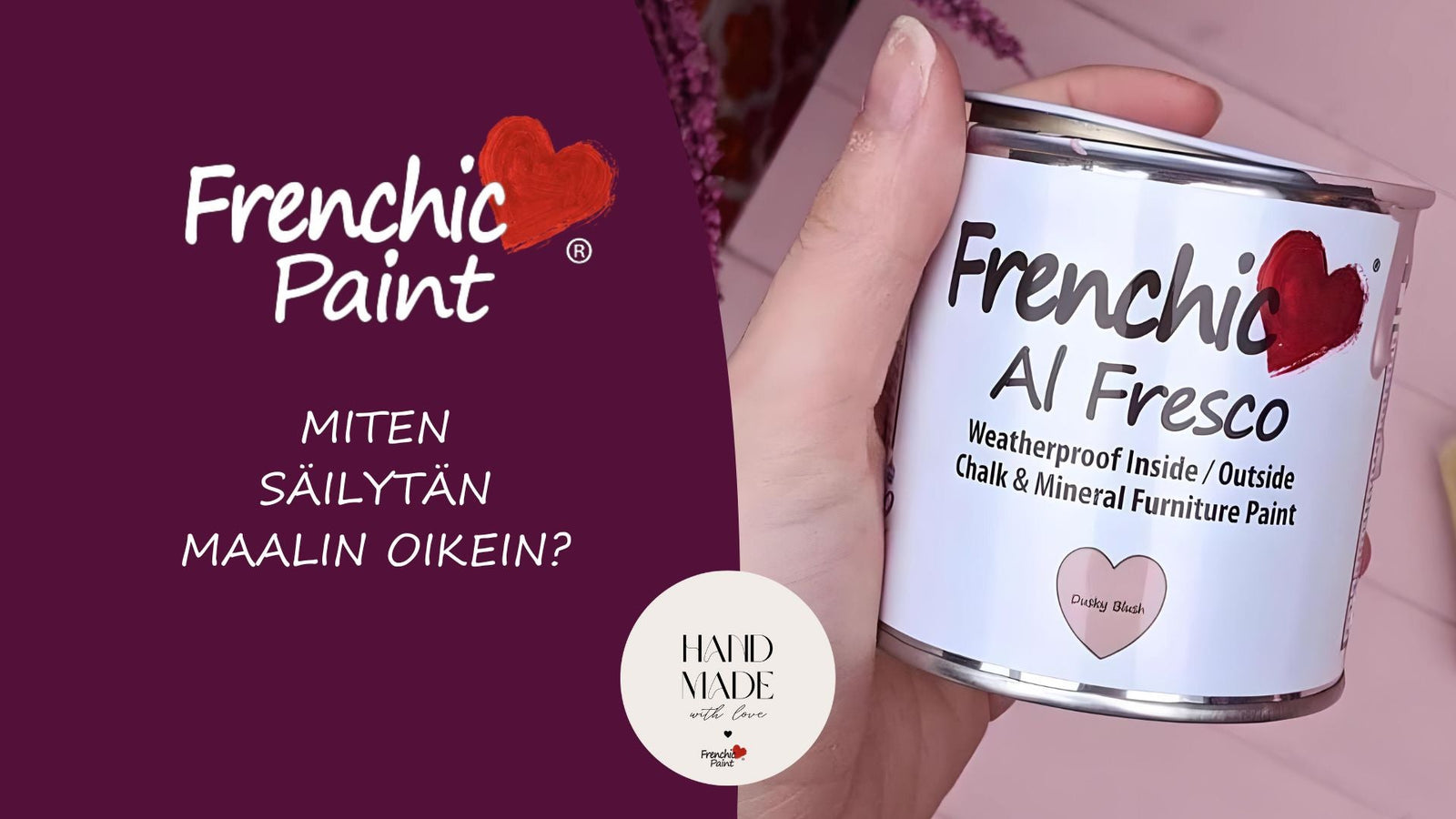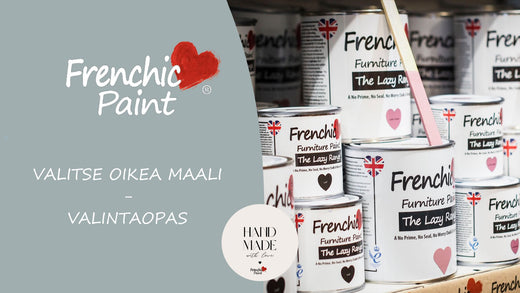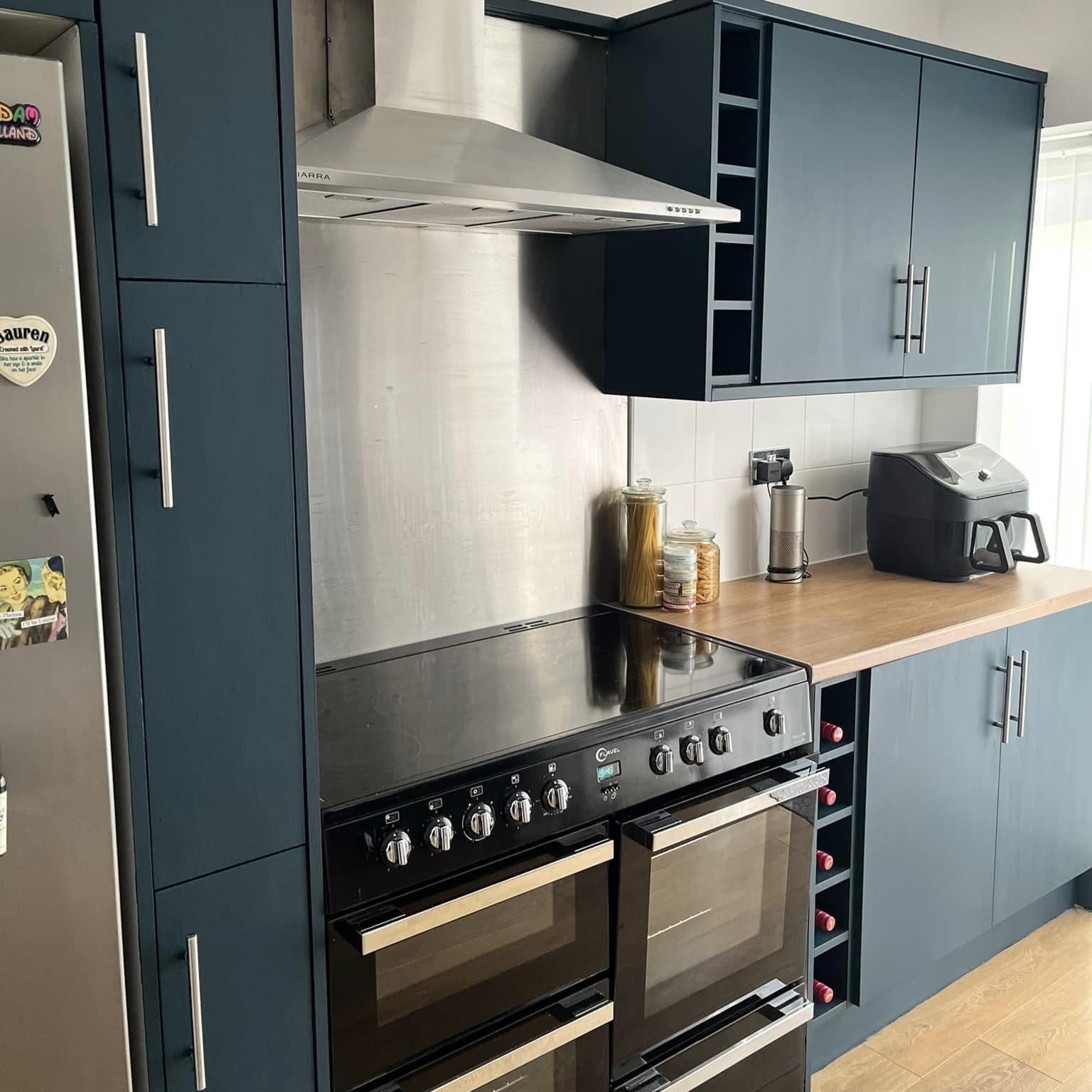Paint storage
Key points:
-
Protect the paint from extreme temperatures - both hot and cold.
-
Avoid direct sunlight and moisture.
- Do not pour paint into drains or water bodies
- Water-based paint does not withstand freezing or frost damage
Uninsulated and unheated spaces, such as a cold summer cottage, garage, or yard shed, are not suitable for this purpose.
Make sure that opened paint cans are properly resealed. Whether storing a brand new paint can or an opened and used paint can, the guidelines for good storage conditions are quite similar.
Opened cans, however, require extra attention.
Good conditions for storing paint.
Always protect paint cans from extreme temperatures and frost. Both cold and high heat can quickly make water-based paint unusable.
Store paints away from direct sunlight so that the paint cans do not heat up, and avoid moisture, which can cause problems by damaging the cans.
It is quite common to store paint in uninsulated spaces, such as a garage or shed.
Unfortunately, this is not a good idea when weather conditions are unfavorable. Imagine having to sit in these places on the coldest winter nights or hot, stuffy summer days.
Take care of the products already at the ordering stage.
For example, in winter, the warm transport chain can be broken when the package is picked up or when the package is left in a cold car in freezing weather, for example during a shopping trip.
Frozen paint is unusable and will not return to its original state when thawed. Using frozen paint is not recommended.
Be especially careful with opened cans.
Be especially careful with opened paint cans.
Once the paint cans are opened, you need to be especially careful to prevent evaporation.
Especially in summer, on hot days, paint dries quickly even in the can, for example in direct sunlight.
Paint and store paint in the shade on hot days. Read more about outdoor painting here.
By resealing the cans after use, you prevent water evaporation, i.e., drying out of water-based paint. This works best when you keep the can rim in good condition and clean.
Here are some of the best tips:
-
Open carefully so that the paint does not splash onto the edges of the can or lid.
-
If you damage the can lid or rim when opening, it is likely that the can will not seal properly afterward.
-
Loosen the lid at several points around the rim before removing it - make sure not to damage the rim while levering. A custom-made can opener is a good option.
-
Top tip - If the lid feels very stuck, twist the can opener (like with a key) instead of prying it up.
Be careful with dried paint
Do not let dried paint accumulate around the can rim (or lid) as it can prevent the lid from sitting tightly.
You can avoid this by resisting the urge to wipe excess paint off the brush on the can rim when dipping your brush into the paint.
If you let paint dry around the paint can rim, it can be difficult to remove without dropping many dried flakes into the paint.
Here are some ways you can protect the paint can rim:
-
Use a Tin Topper designed to fit Frenchic's 750 ml cans.
-
Wrap the rim with foil during painting and remove it when you close the can.
-
Place a strong rubber band across the open can and use it to control the paint on the brush.
-
Alternatively, you can pour the amount of paint you need into a clean container or tray.
Always clean the can rim whenever you finish painting and close the lid immediately while it's clean.
What if the can is damaged?
If you can't get a good seal on the can because the rim or lid is damaged, consider extra protection over the can with a plastic bag or cling film tightly secured with a rubber band.
This provides an extra protective layer to minimize moisture loss. Alternatively, start using a new container.
What if there isn't much paint left?
If there isn't much paint left in the can, it may preserve better if you store it in a smaller, clean, airtight container instead of the original can.
If you use a screw-cap container or glass jar for storage, try your best to keep the lid threads clean from paint so you can still open the lid.
And remember to write the shade name on the new storage container!










